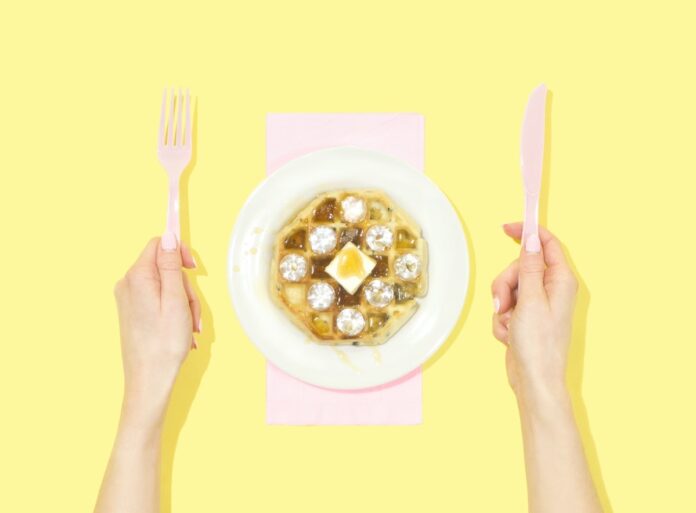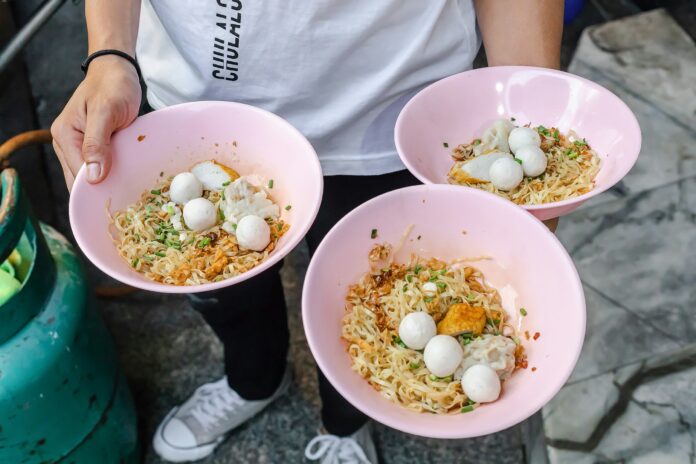In an era of increasing concern about sustainability and affordability, faux flowers have well and truly shaken off their naff reputation. Once the preserve of dentist waiting rooms and budget B&Bs, the fake stuff has come a long way, and there are plenty of good reasons to consider it.
Maybe you’re tired of watching £15 bouquets wilt within a week. Maybe you’ve got a cat who treats fresh stems like an all-you-can-eat buffet, or hay fever that flares up every time lilies enter the building. Perhaps you’ve clocked that those ‘fresh’ supermarket roses have been flown halfway around the world, and the environmental maths doesn’t quite add up. Or you simply want flowers in that dark hallway where nothing real would survive.
Whatever your reason, faux flowers only work if they look convincing, and too often, they don’t. We asked florists what separates the obviously plastic from the genuinely fooling-your-guests good, and how to style artificial stems so they actually look the part.
Buy Better, Not More
The single biggest factor in whether fake flowers look fake is quality, and you can usually tell within seconds of picking something up. High-quality silk flowers tend to have a matte finish rather than a shiny one, and they won’t include obviously fake details like plastic water droplets or attached sprays of baby’s breath.
Look for petals with colour variation. In nature, individual blooms are not solely one colour, so higher-quality flowers are usually hand painted to allow for subtle shading and differences. If every petal is exactly the same shade of uniform pink, that’s your first red flag.
As the experts at the Faux Flower Company so helpfully explain, the term ‘silk flower’ is slightly misleading these days, since most are actually made from polyester or similar synthetics. The real game-changer has been the emergence of ‘real touch’ flowers, made from a latex and foam mix. They feel cool and slightly waxy to the touch, mimicking the texture of fresh petals in a way that traditional fabric flowers can’t match.
Real touch flowers work particularly well for blooms that naturally have thick, velvety, or waxy petals, such as roses, tulips, and peonies. For more delicate flowers that need movement and lightness, traditional silk or high-grade polyester remains the better choice.

Unpack Them Properly
Here’s something most people skip: flowers arrive squashed. They’ve spent weeks in a warehouse, been shoved in a box, posted across the country and then squeezed through the letterbox. They need attention before they go anywhere near a vase.
Use your fingers to gently spread and lift each petal away from the centre of the flower, working around the bloom and pulling petals into a more open, natural position. For leaves that have been folded or creased, gently press them to make them look more believable.
If petals are particularly stubborn, a hairdryer on the lowest heat setting can help, gently blowing warm air over the flattened parts while lightly reshaping them with your fingers. This softens the materials enough to encourage them back into shape without damaging the fabric.
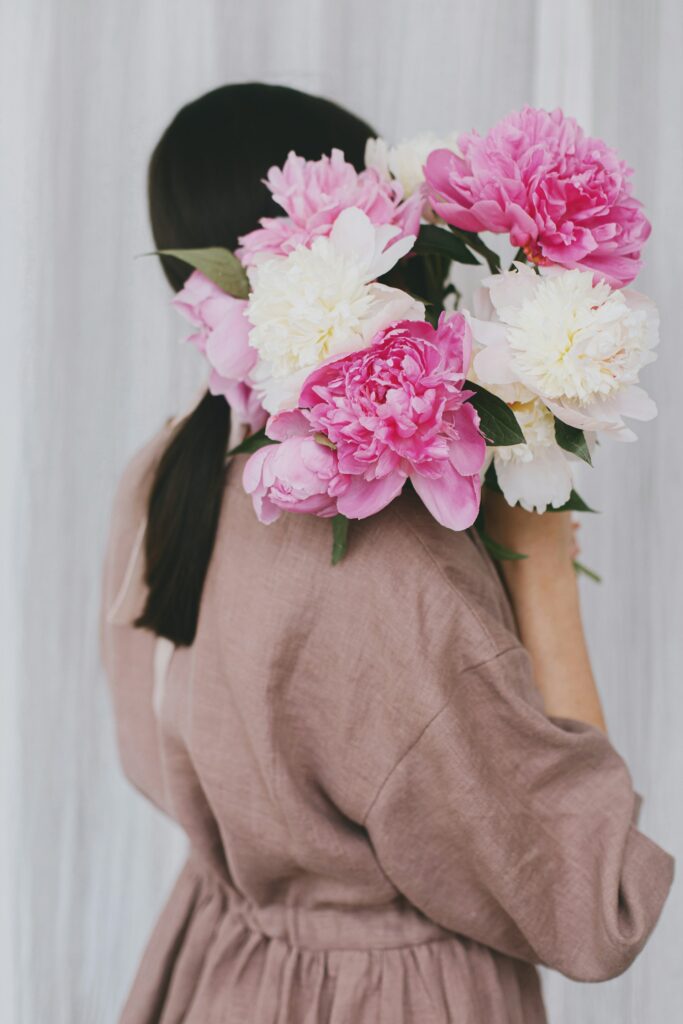
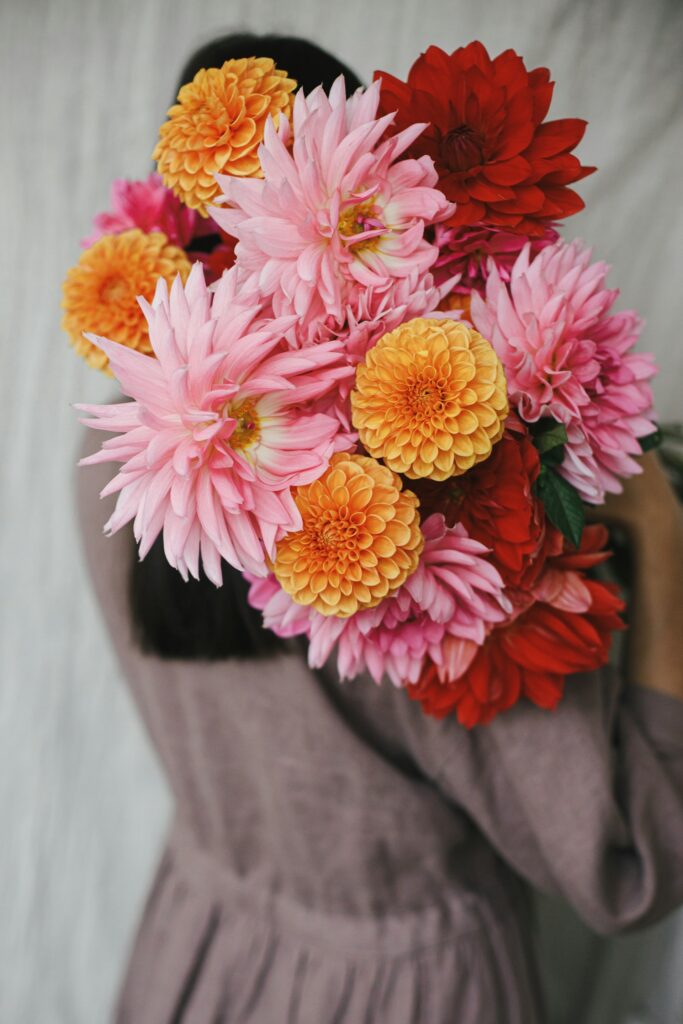
Bend The Stems
Real flowers don’t stand to attention like soldiers on parade. They droop, lean, and curve towards light sources. Your artificial ones should do the same.
Most fake flowers have wired stems, which means you can bend them into natural curves, vary the heights, and spread blooms out so they’re not all sitting at the same level. This single step makes an enormous difference, and yet hardly anyone does it.
As a rule of thumb, flower stems should be about one and a half to two times the height of the vessel they’re displayed in. If stems are too long, either bend the ends or trim them with wire cutters. If you’re using a clear vase, cutting looks better than cramming bent wire into the bottom.
Work In Odd Numbers
There’s a design principle florists swear by that applies equally to fresh and artificial arrangements: using odd numbers of flowers creates a more visually pleasing and organic look because odd numbers offer a sense of asymmetry, which is key to mimicking the natural appearance of real blooms.
Groups of three, five, or seven stems will always look more natural than neat, even pairs. As you shape your arrangement, intentionally create an overall shape that is perfectly imbalanced with a bit of whimsy, rather than something symmetrical and overly structured.
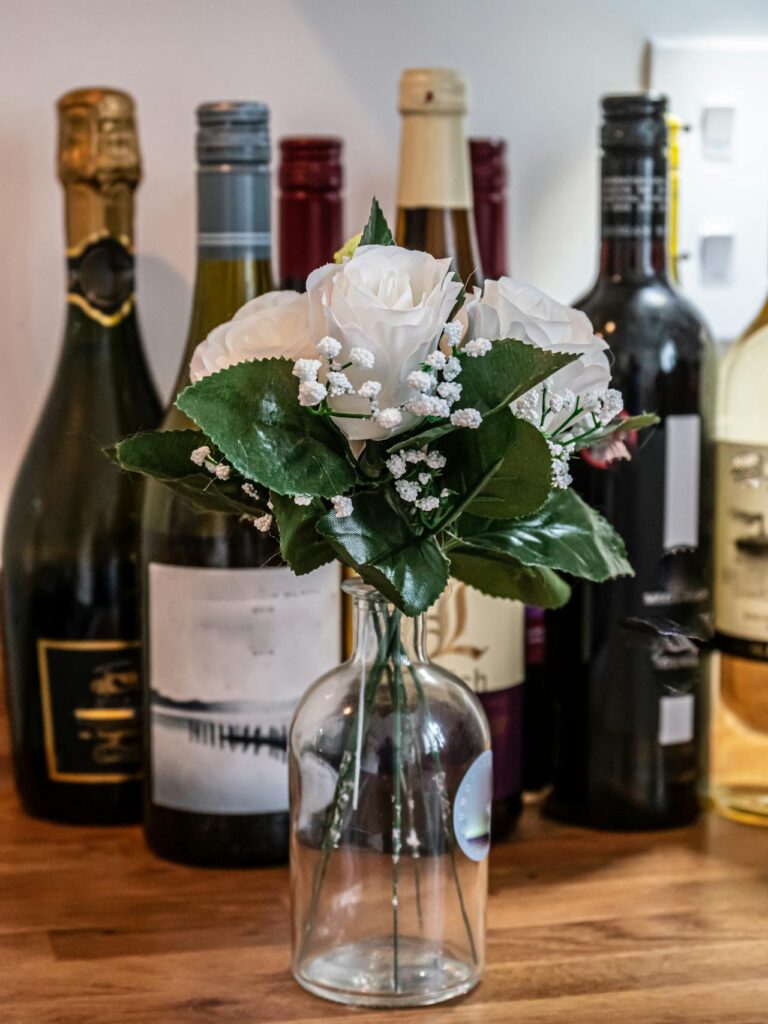
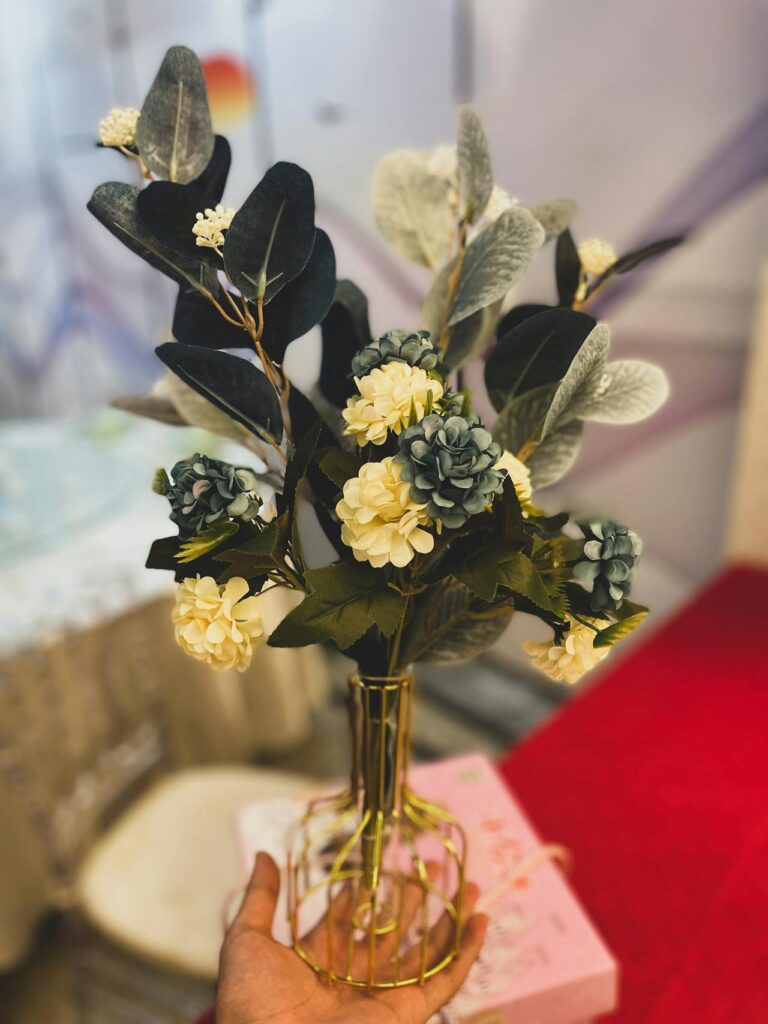
Start With Greenery
Professional florists don’t begin with statement blooms. They start with greenery because it does the hard work of making everything else look good. Layer leafy stems first, crossing them loosely inside your vase so they form a kind of grid. This creates the structure that holds everything else up.
Once you’ve built that framework, your main flowers can slot into the gaps without looking like they’ve been jammed into position. The greenery also fills visual holes that would otherwise make the arrangement look sparse.
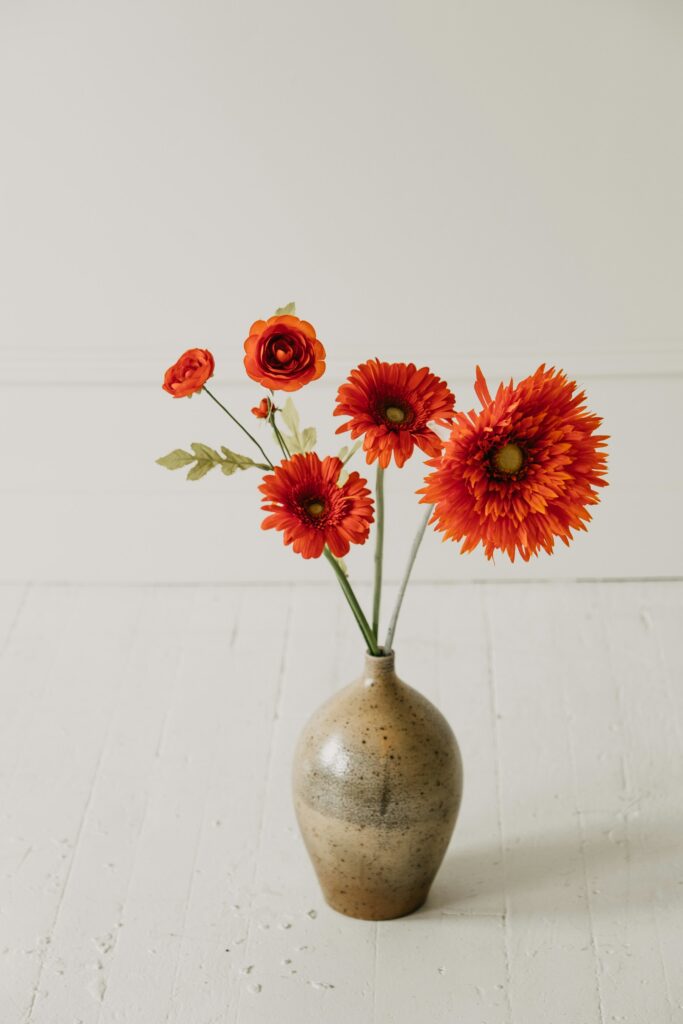

Mix Real & Fake
This is the trick that professionals use more than any other. Adding a few live stems, such as fragrant roses or sprigs of eucalyptus, among your fake ones creates a combined effect where the real smell and lifelike textures make the entire arrangement unquestionable.
Real greenery, blooming branches, curly twigs, or even a few fresh flowers alongside artificials help the whole thing feel fresh. Eucalyptus is particularly good for this since it lasts far longer than most cut flowers, looks suitably wild, and adds scent to an otherwise odourless display.
Choose Your Vase Carefully
While some faux flowers have realistic stems, the stem is usually the first thing to give away the fact that flowers are artificial. Hiding stems in an opaque vase or vintage container is one of the best ways to make your arrangement convincing.
If you do want to use a clear glass vase, there’s a trick: add a bit of water. It’s a simple thing, but it makes flowers look much more believable. Just seal the end of each stem with a dot of clear nail polish first, so the wire inside doesn’t react with the water and rust.
Read: The IDEAL guide to choosing the right flowers for every occasion
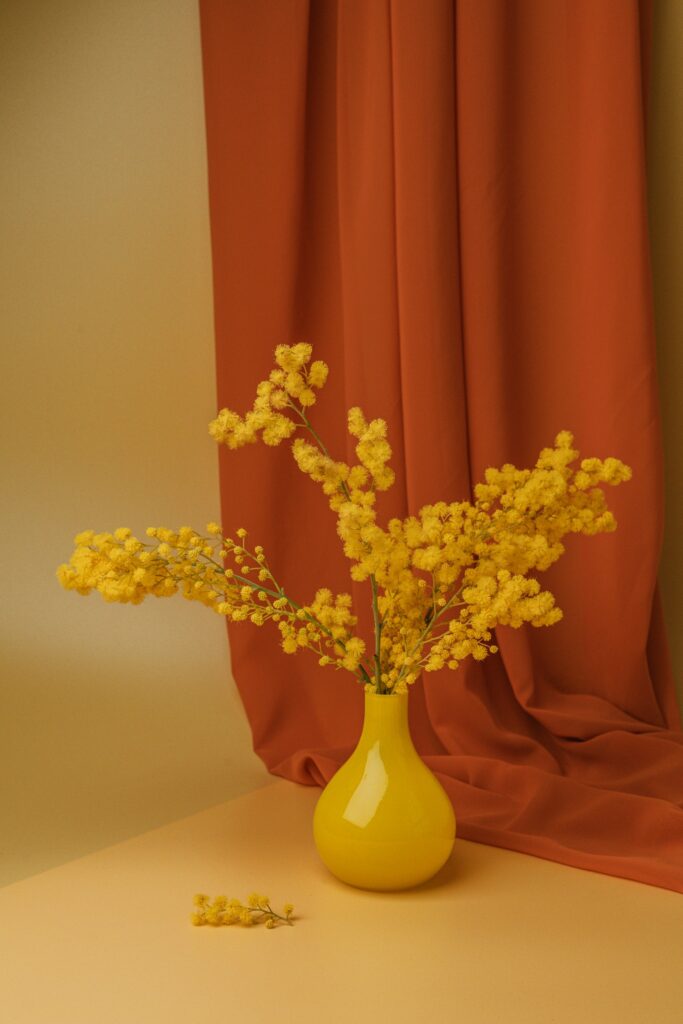
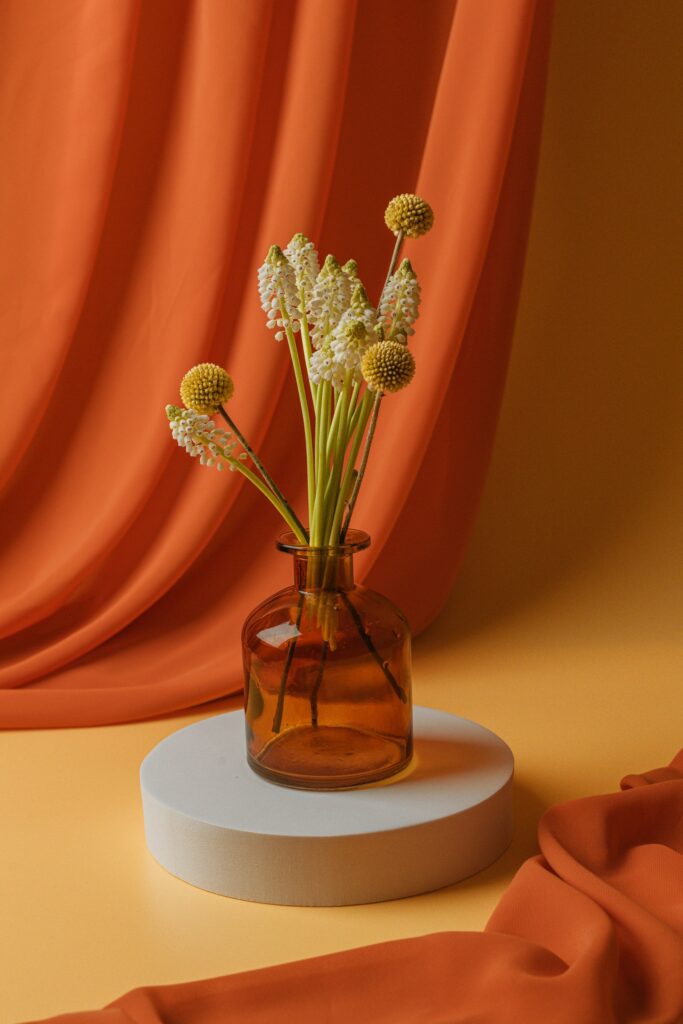
Keep Them Looking Fresh
Unlike fresh flowers, artificial stems need maintenance of a different kind. Dust, direct sunlight, and humidity are the enemy of realistic-looking fakes. Over time, dust settles on petals and makes them look dull.
Use a hairdryer on a low cool setting to blow off dust, or gently wipe flowers with a microfiber cloth. For a deeper clean, a light mist of diluted white vinegar works well, wiped away with a soft cloth and left to air dry.
Keep arrangements out of direct sunlight where possible. Faux blooms will fade over time, especially cheaper ones, and there’s no bringing that colour back once it’s gone.
The Bottom Line
The gap between obviously fake and genuinely convincing is smaller than you might think. It comes down to buying decent quality in the first place, taking five minutes to shape and fluff stems when they arrive, and styling them with the same care you’d give fresh flowers.
Done right, even your most critical guests won’t notice the difference. And unlike a £40 farmers’ market bouquet of roses, these will still look good come February.

